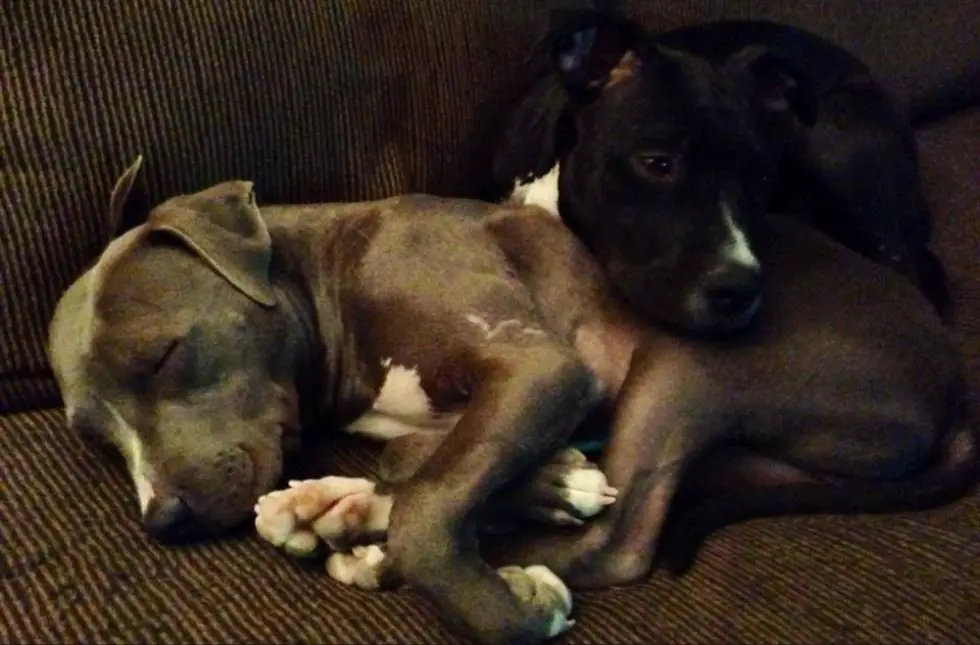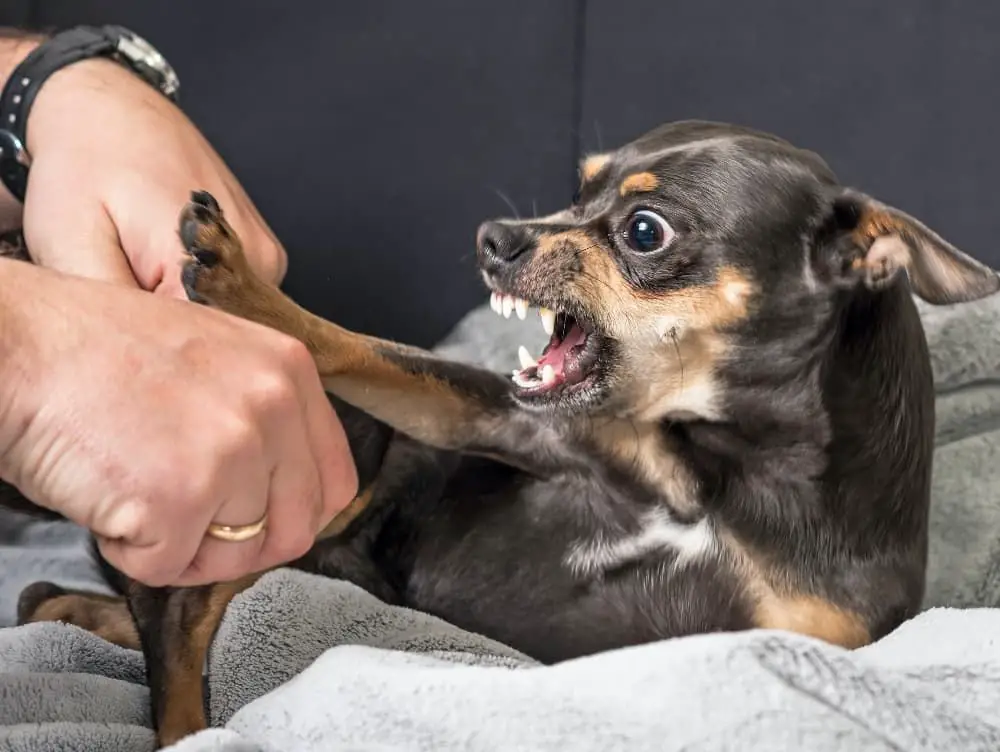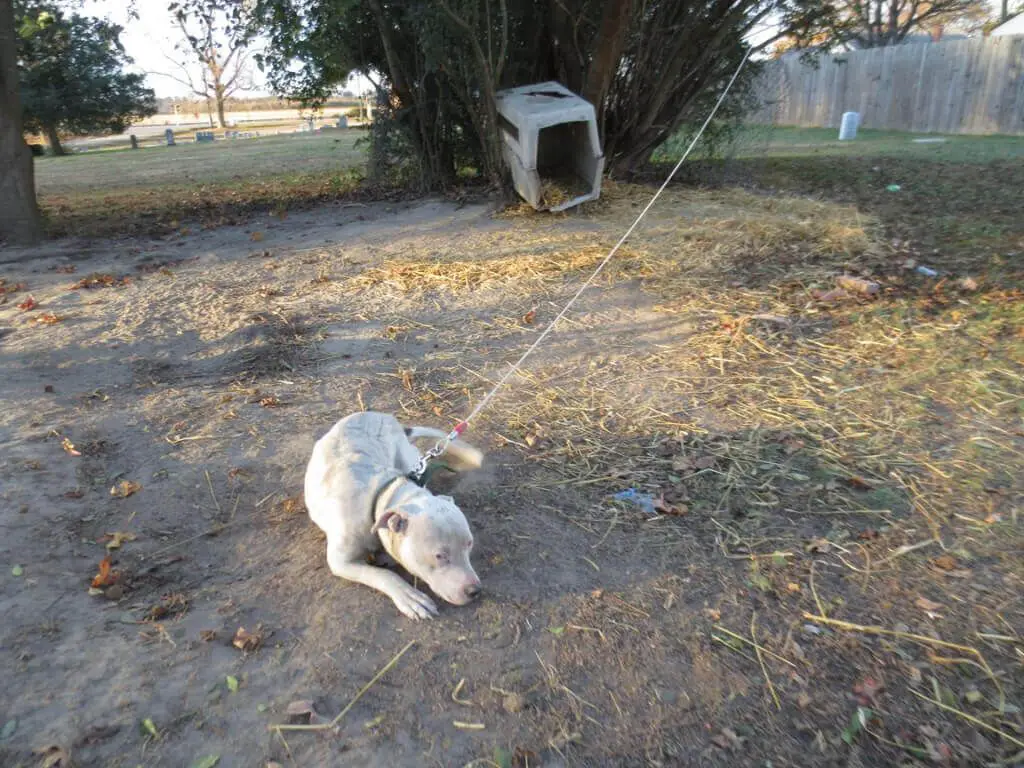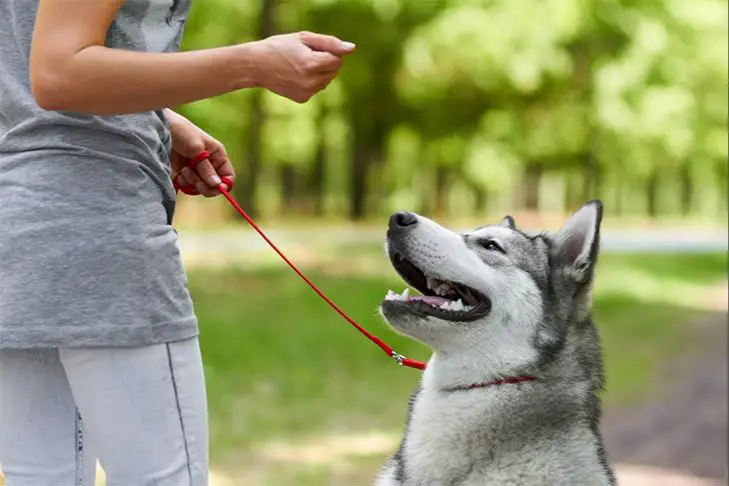Introduction
Dogfighting is an illegal and cruel blood sport where dogs are bred and trained to fight one another in organized pit fights. While dogfighting is banned in most developed countries, it persists as an underground activity sustained through criminal networks. Identifying dogs that have been bred or trained to fight is crucial in preventing and stopping dogfighting operations.
Dogfighting inflicts immense physical and psychological suffering onto animals for the purposes of entertainment and gambling profits. Dogs used in fights are often subjected to lives of isolation and constant physical abuse, and fights frequently result in severe injuries or death. Even non-fighting or underperforming dogs may be killed.
Understanding the signs of dogfighting is key to reporting suspected cases and intervening to save dogs from this brutal practice. This guide outlines what to look for in determining if a dog has been bred or trained for fighting purposes. With awareness and action, we can work to end the cruelty of dogfighting and promote more compassionate treatment of man’s best friend.
Physical Signs
There are several telltale physical signs that may indicate a dog was trained and used for fighting purposes:

Scars and wounds – Fighting dogs will likely have bite marks and scars on the face, front legs, and hindquarters. These wounds can range from healed over scars to fresh, open puncture wounds. The injuries are often concentrated on the head, neck, chest, and front legs which are the main targets when dogs fight against each other.
Muscle buildup – Dogs trained to fight are conditioned to have increased muscle mass and strength, especially in the neck and jaw. Their bodies may appear very defined and muscular compared to most household pets.
Injuries – Broken bones, limping, and other signs of trauma may indicate participation in dog fights. Damage to the eyes, muzzle, and teeth also commonly result from the rough nature of the fights.
Docked ears/tails – Fighting dogs often have their ears cropped and tails docked close to their bodies. This serves both to reduce targets for the other dog, and to limit appendages that can be easily damaged in a fight.
Behavioral Signs
There are several behavioral warning signs that may indicate a dog has been trained to fight. These include:
Aggression towards other dogs – Dogs trained to fight will often show unwarranted aggression towards other dogs, even those they don’t know. They may growl, snarl, bark, lunge, or snap when seeing other dogs while on a walk. Their body language may appear stiff and dominant when encountering other canines.

Fearfulness – Fight-trained dogs may act fearful or apprehensive around other animals and unfamiliar people due to abuse. They may cower, hide, or act timid and unsure when approached. Their ears may go back and their tail may tuck in response to perceived threats.
Reactivity – These dogs tend to be extremely reactive towards triggers like other dogs, strangers, or loud noises. They have an excitable temperament and are quick to escalate to aggressive responses. Reactivity is a sign that a dog lacks proper socialization and impulse control.
Equipment & Paraphernalia
Dogs who have been trained to fight will often have specialized equipment and paraphernalia that serves no other purpose than for dogfighting. Some common items found with dogs involved in dogfighting include:
- Breaking sticks – These are specially designed sticks used to pry open a dog’s jaws if they have latched onto another dog during a fight. They allow the handlers to break up the fight.
- Treadmills – Dogs may be conditioned on treadmills for endurance and stamina. A treadmill can help build leg strength and lung capacity.
- Breeding stands – These allow easier access for breeding fighting dogs. They restrain the female dog while allowing the male dog to mount her.
- Medical supplies – Bandages, suture kits, IV bags, and other supplies may be stockpiled to treat injuries sustained during fights. Dogs are often stitched up between fights.
The presence of any equipment specifically used for training fighting dogs or treating fight wounds can be a clear sign the dogs are being fought.
Living Conditions
One potential sign a dog has been trained to fight is poor living conditions. Dogs trained to fight often live in harsh environments lacking proper shelter, sanitation, or access to clean water and food.

Fight dogs are commonly kept chained or tethered outside 24/7. Their tethers are often heavy chains attached to stakes in the ground or weighted objects. The chains are too short to allow any movement or interaction. These dogs have no access to proper shelter from weather extremes or any type of comfortable resting area.
The areas where fight dogs are kept are usually unsanitary. Their surroundings are littered with trash, feces, and debris. These dogs are surrounded by their own waste with no clean place to eat, sleep, or drink. They may have contaminated water sources or no access to fresh water at all.
Proper housing that protects fight dogs from weather elements is rare. Most live their entire lives outside without a doghouse or shelter. Any structure considered “shelter” is often dilapidated and provides little to no protection from the elements.
Stereotypes & Misconceptions
It’s important not to stereotype certain breeds, like pit bulls, as being inherently aggressive or used for fighting. The truth is, these dogs themselves are not inherently dangerous or prone to aggression. Like any breed, they can become violent, territorial, or reactive if purposefully trained that way by irresponsible owners. Their strength and anatomy simply make them more effective in the awful blood sport of dog fighting if exploited for that purpose.
But the reality is the majority of pit bulls living in homes today have never been fought or trained to be aggressive in any way. In fact, when raised responsibly, socialized properly, and cared for by loving families, pit bulls tend to be gentle, loyal, and affectionate pets. Their reputation has unfairly suffered from the abusive actions of a minority of owners involved in criminal dog fighting rings.
It’s vital we don’t further stigmatize these breeds by assuming any and all pit bulls must have violent backgrounds or predispositions. Responsible ownership and humane treatment is key to ending stereotypes. Evaluate dogs as individuals based on their actual behavior, not biased assumptions about their breed.
Prevention
There are several important steps that can be taken to help prevent dogfighting from occurring:
Spay/Neuter Your Dogs
One of the most effective ways to combat dogfighting is to spay and neuter your dogs. This helps reduce the number of unwanted puppies that could potentially end up in the hands of dogfighters. Spaying/neutering also reduces some of the hormonal drives that increase aggression in dogs.
Don’t Support Illegal Breeding
If you are looking to get a new dog, make sure to adopt from a reputable shelter or rescue organization. Avoid purchasing dogs from illegal breeders or puppy mills, as they may supply dogs to fighters. Do your research to ensure any breeder you work with is ethical and responsible.
Report Suspected Fighting
If you suspect dogfighting is taking place in your community, do not hesitate to report it to authorities. The ASPCA has a national tip line where you can report cruelty anonymously. Reporting suspected fighting operations early can save countless dogs from abuse.
Rehabilitation
With patience and proper training, some fighting dogs can be rehabbed. The first step is to remove the dog from its abusive environment and assess its temperament. An experienced dog trainer or behaviorist should evaluate the dog’s level of socialization, bite inhibition, and ability to be safely managed. Dogs with a bite history will likely need to remain muzzled in public.
Positive reinforcement training is key – this means rewarding good behaviors instead of punishing bad ones. Use treats, toys, and praise to encourage calmness, focus, and friendliness. Start training in low distraction environments and slowly increase difficulty. Obedience training will build communication and respect between dog and handler.

Socialization is also critical. Gradually introduce the dog to new people, animals, places, and situations in a controlled manner. Go at the dog’s pace and avoid flooding or forcing interactions. The goal is to counter-condition the dog to have positive associations. With time and effort, most dogs can learn to coexist peacefully.
Medical care, proper licensing, exercise, enrichment, and routine will provide stability. Medication may help in some cases. Long-term management is an ongoing process, but the trust and companionship built makes rehabilitation worthwhile.
Seeking Help
If you suspect a dog has been involved in dogfighting, the most important thing is to not directly intervene or try to rescue the dog on your own. Dogfighting operations are often run by dangerous criminals who will go to great lengths to protect their abusive enterprises. Your personal safety always comes first.
Instead, document what you’ve witnessed through photos or videos if it’s safe to do so. Take note of dates, times, locations and identifiable details. Then, reach out to authorities to investigate and handle the situation properly.
Contact local law enforcement or animal control and file an official report. Provide them with all the evidence you’ve gathered and let them take it from there. They have the proper resources and training to carry out raids, make arrests, rescue dogs and build court cases against dogfighting rings.
You can also contact national organizations involved in stopping dogfighting, such as the ASPCA, Humane Society or American Humane. They may direct you to local agencies or assist with investigations and rehabilitation. But they will also emphasize the importance of not taking independent vigilante actions, which can sabotage official investigations and allow criminals to cover their tracks.
By alerting the proper authorities, you are taking the most effective action to stop dogfighting, rescue dogs in need, and bring perpetrators to justice. Although it can be difficult to stand by while waiting for action, allowing law enforcement and animal welfare groups to handle things through proper channels maximizes the chances of successful intervention and prosecution.
Conclusion
In conclusion, if you suspect a dog has been trained to fight, some key signs to look for are injuries or scarring consistent with dog fighting, aggressive or fearful behavior, isolation from other animals, being tied up for long periods, presence of training equipment like treadmills or “break sticks”, as well as anabolic steroids or other drugs used to enhance aggression. However, one should use caution before jumping to conclusions, as these signs alone are not definitive proof. Rehabilitation by a qualified animal behaviorist may be possible if a fighting dog is rescued early enough. But the best way to deal with dogfighting is to prevent it from happening in the first place, through education, advocacy, and stronger legal deterrents.